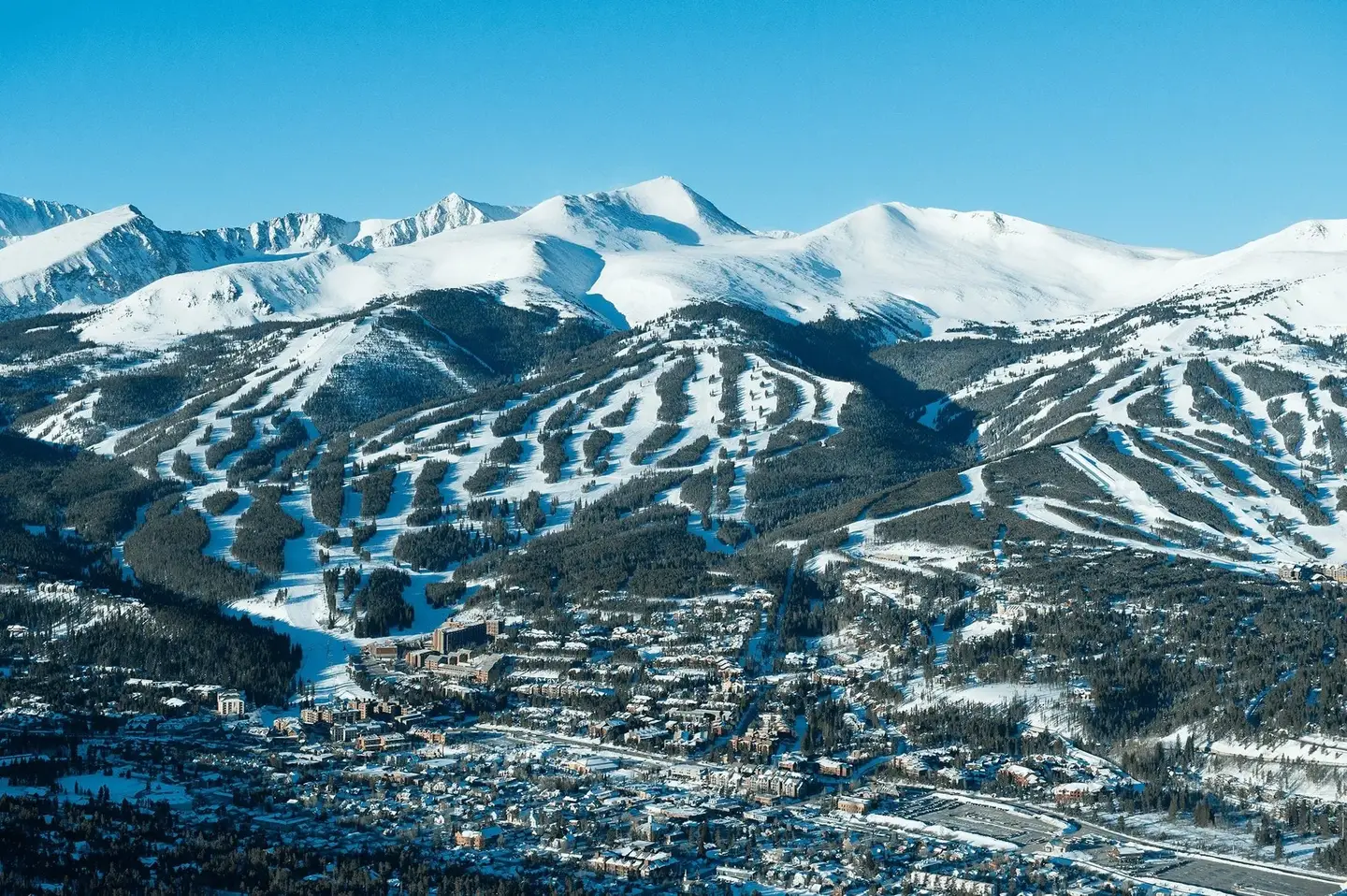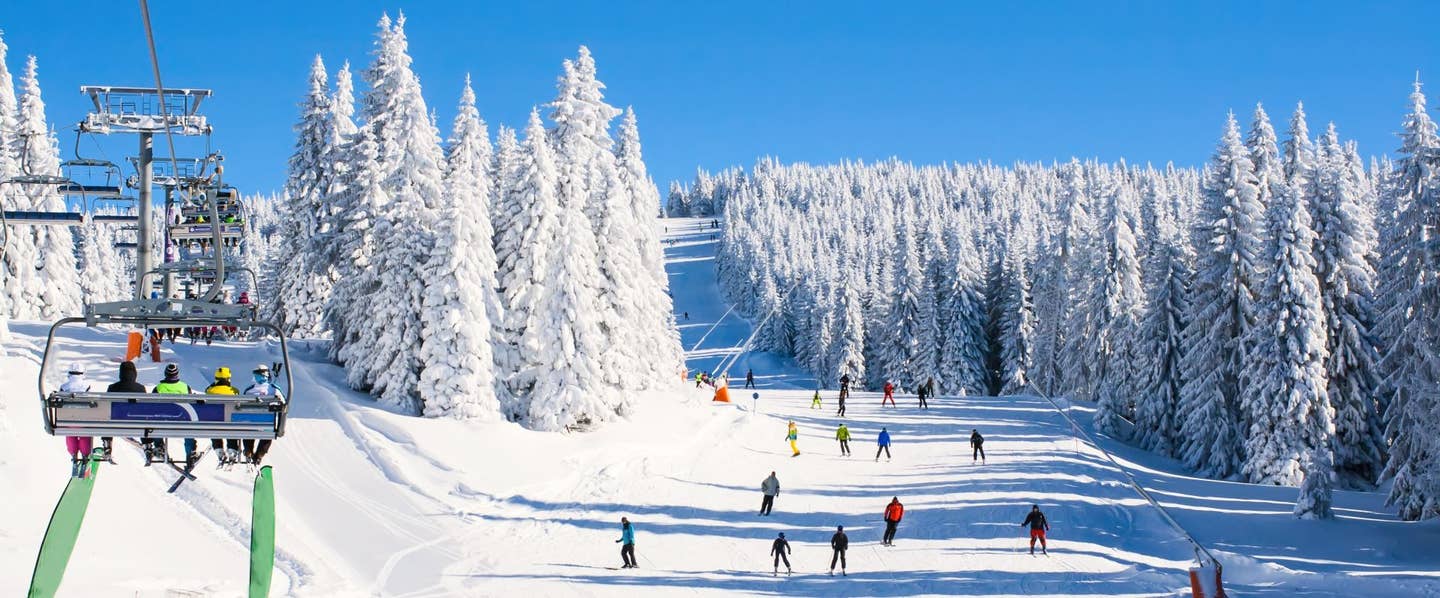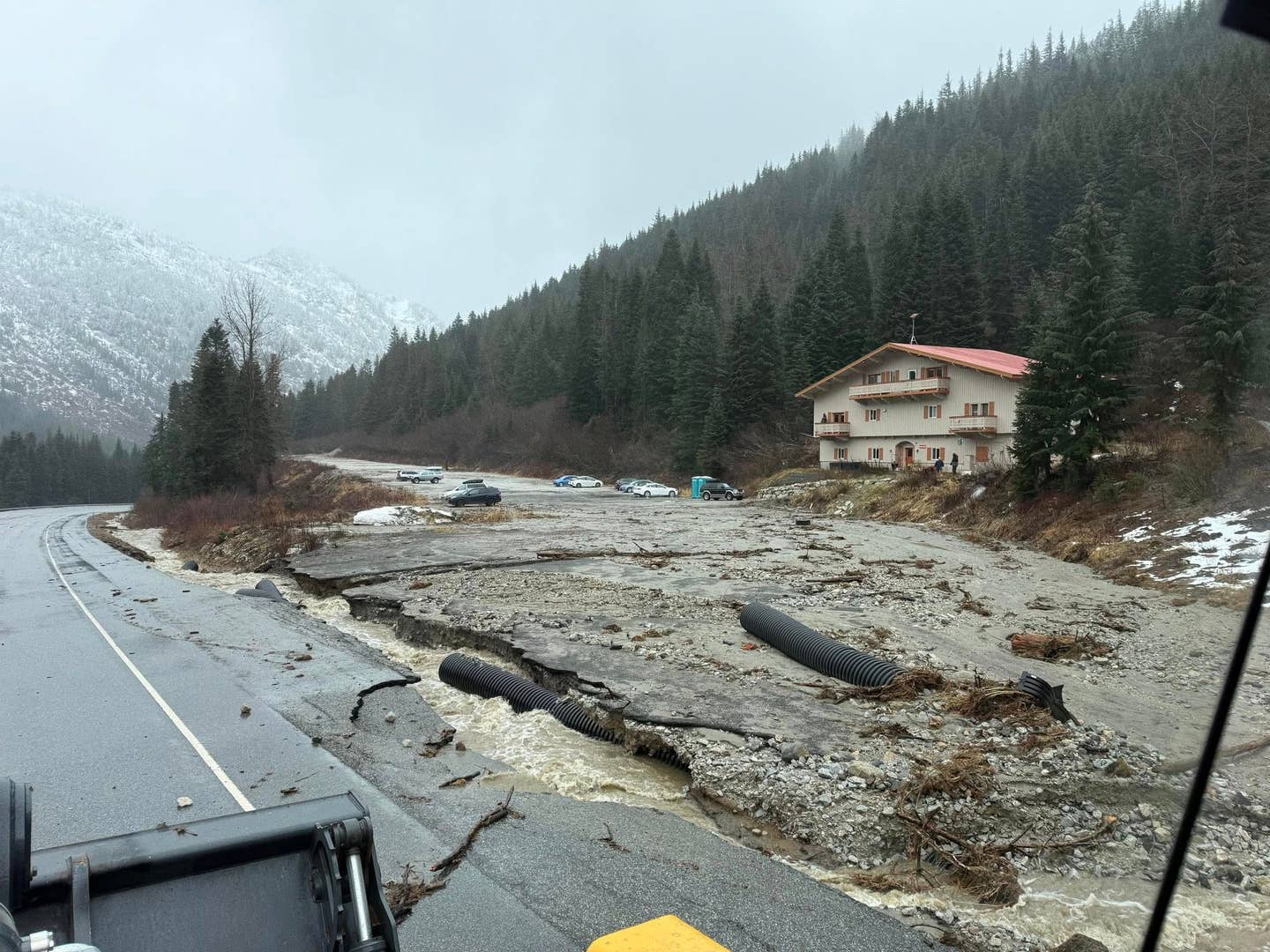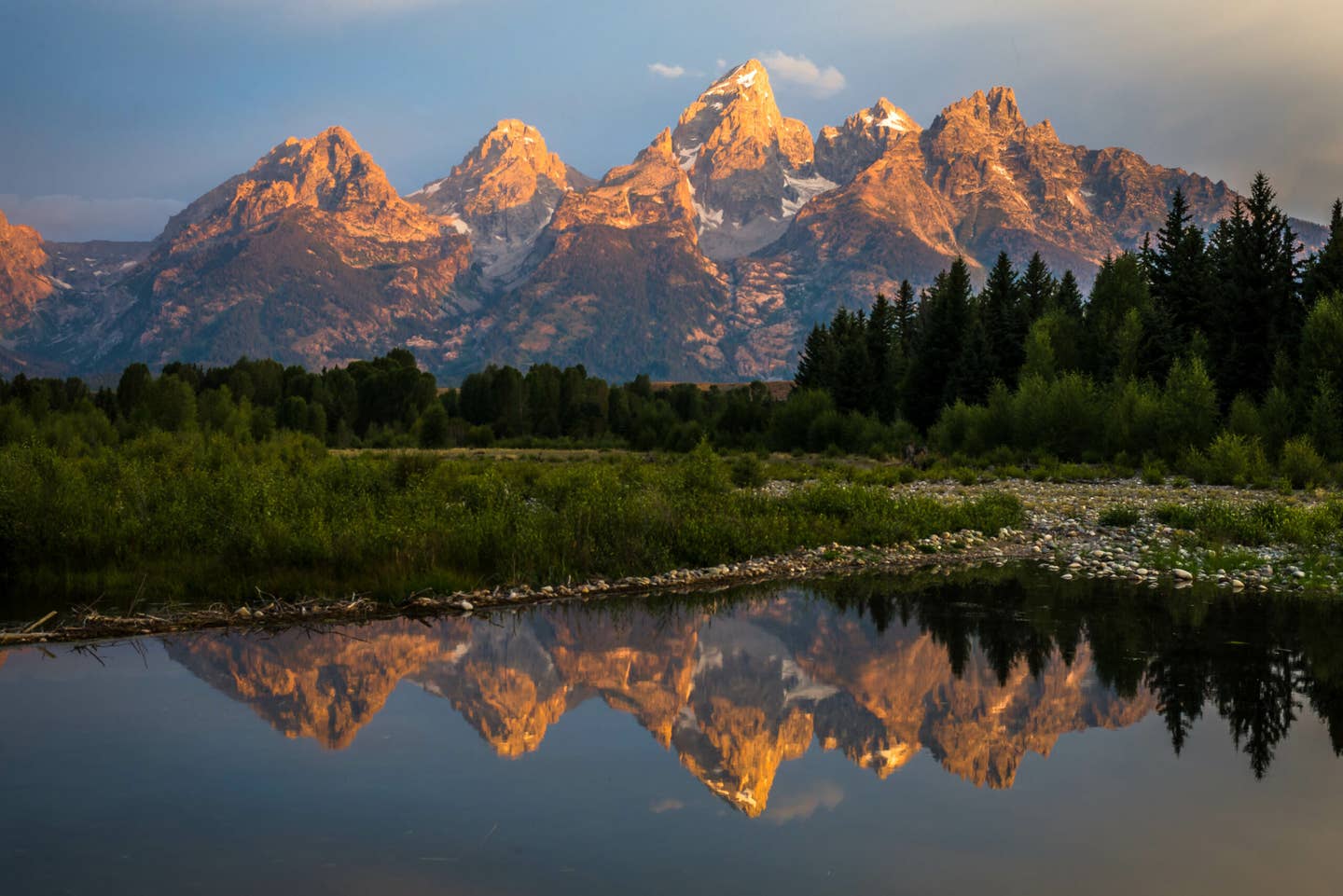

Trail Runner Michelino Sunseri Found Guilty in Grand Teton Off-Trail Case
Popular Stories
Was the "guilty" verdict in the Michelino Sunseri case a fair outcome?
Weigh in and Take Our Poll Below!
The long-running legal saga of Michelino Sunseri, the professional endurance athlete who cut a switchback during a fastest known time (FKT) attempt on the Grand Teton, reached a turning point this week. On Tuesday, Sept. 2, 2025, exactly one year after the controversial run, federal magistrate judge Stephanie A. Hambrick ruled Sunseri guilty of leaving a designated trail in Grand Teton National Park. Sunseri, 33, had clocked an apparent record of 2 hours, 50 minutes, and 50 seconds on the demanding 13.2-mile, 7,000-foot vertical route—beating the standing FKT of roughly 2:52 set by Andy Anderson in 2012—but the mark was disqualified after it was confirmed he cut a closed half-mile switchback. As a result, Anderson’s 2012 effort remains the official fastest known time on the Grand Teton.
Sunseri now faces a misdemeanor conviction, a potential fine of up to $5,000, and a ban from the park. While the statute also carries a maximum penalty of six months in jail, Judge Hambrick signaled that jail time wouldn't be seriously considered. A sentencing hearing has not yet been scheduled, and Sunseri’s legal team is expected to appeal the decision.
From Record to Revoked
Sunseri’s September 2, 2024, FKT bid initially looked like a triumph: a smoking parking-lot-to-summit round trip on the Grand Teton. But just over two weeks later, fastestknowntime.com revoked the record after it was revealed that he had cut a switchback on the descent, using the “Old Climber’s Trail."
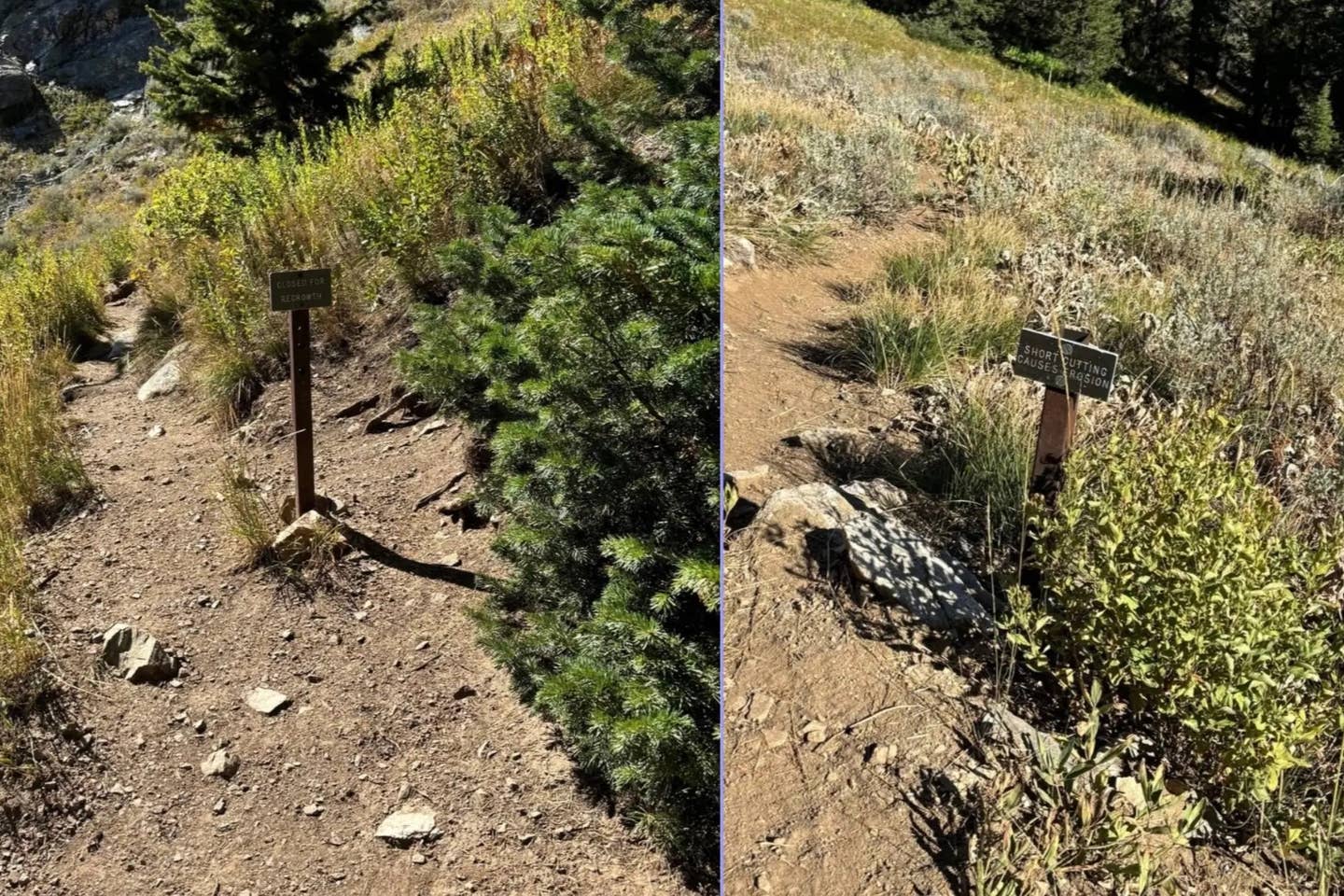
Sunseri bypassed two signs, one stating “Shortcutting Switchbacks Causes Erosion” and another marked “Closed for Restoration.” Grand Teton Rangers charged Sunseri with violating 36 CFR 21(b). What followed was nearly a year of legal wrangling, government reversals, and debate across the trail-running community.
"Leaving a trail or walkway to shortcut between portions of the same trail or walkway, or to shortcut to an adjacent trail or walkway in violation of designated restrictions is prohibited."
- 36 CFR 21(b):
Sign Up for the TGR Gravity Check Newsletter Now
Overreach? Or Accountability?
The National Park Service (NPS) itself tried to withdraw from the case in May, suggesting it was an example of "overcriminalization." Remarkably, he Department of Justice forced prosecutors to proceed, eventually putting Sunseri on trial in Jackson, Wyoming.
During the trail, his defense argued that the park hadn’t properly closed the Old Climber’s Trail and that Sunseri was being singled out because of his visibility as a sponsored athlete. They also pointed to the thousands of visitors who wander off-trail to nearby lakes without repercussion.
Judge Hambrick didn’t bite. In her ruling, she wrote that cutting a switchback is substantively different than general off-trail travel. “The comparison is unhelpful,” she stated, arguing that the posted signage made the closure enforceable.
Fallout in the Trail Running World
The case has fueled a sharp divide within the endurance community. Some see the prosecution as a cautionary tale about respecting fragile alpine terrain and park regulations. Others view it as an overblown crackdown that criminalizes a mistake often brushed off in everyday recreation.
While Sunseri’s sponsor, The North Face, hasn't dropped him from their roster, they did quietly remove a celebratory post about his “impossible dream” last fall when the controversy first broke.
What’s Next
With an appeal likely on the horizon, Sunseri’s fate remains unresolved. His sentencing will determine whether the case ends with just a fine and a ban, or sets a precedent for harsher enforcement against off-trail violations in U.S. national parks.
